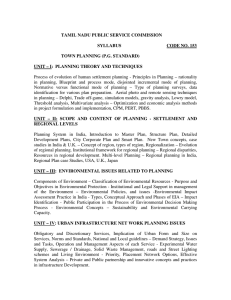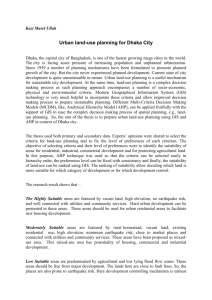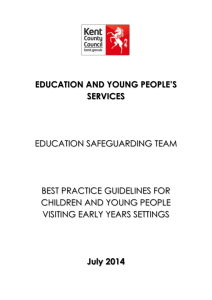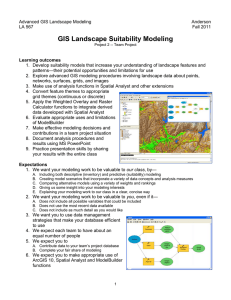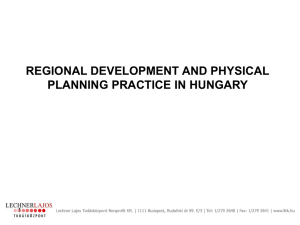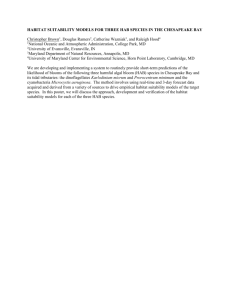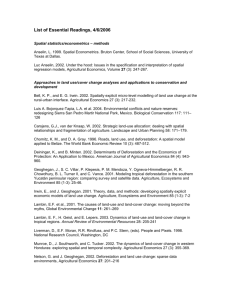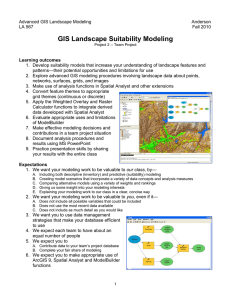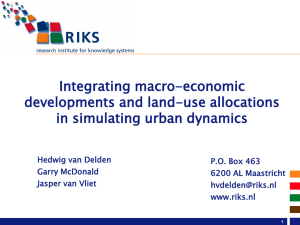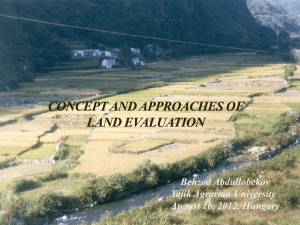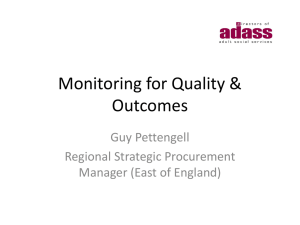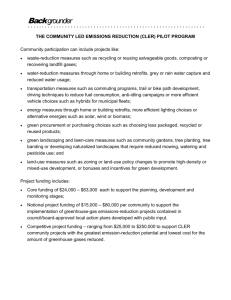DOC
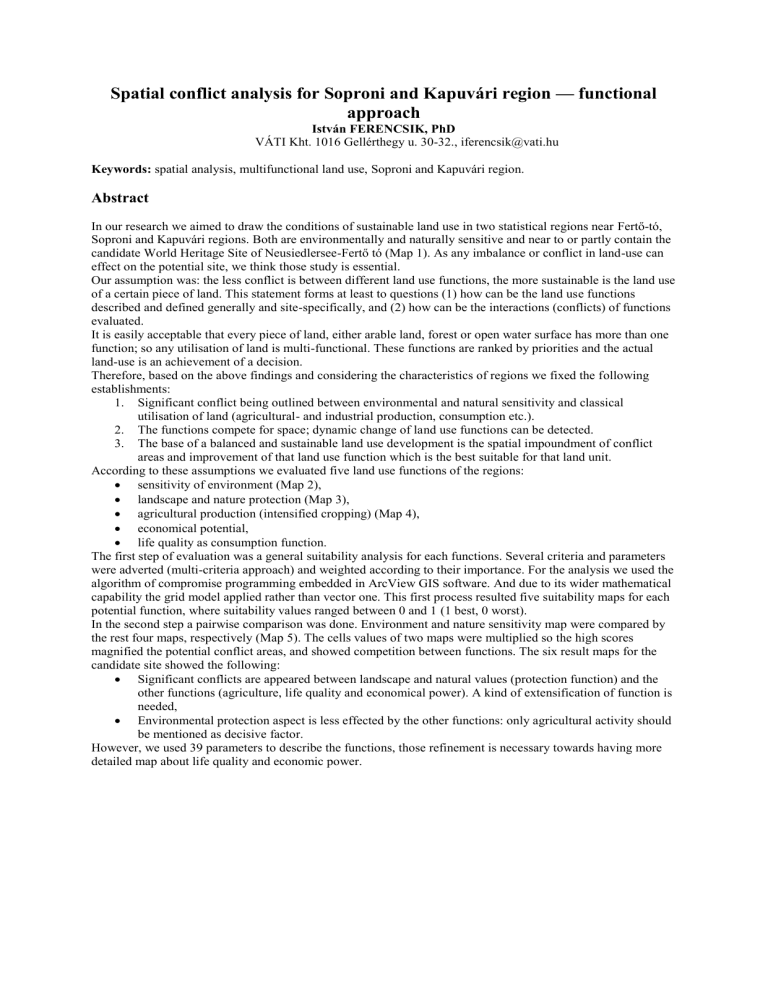
Spatial conflict analysis for Soproni and Kapuvári region — functional approach
István FERENCSIK, PhD
VÁTI Kht. 1016 Gellérthegy u. 30-32., iferencsik@vati.hu
Keywords: spatial analysis, multifunctional land use, Soproni and Kapuvári region.
Abstract
In our research we aimed to draw the conditions of sustainable land use in two statistical regions near Fertő-tó,
Soproni and Kapuvári regions. Both are environmentally and naturally sensitive and near to or partly contain the candidate World Heritage Site of Neusiedlersee-Fertő tó (Map 1). As any imbalance or conflict in land-use can effect on the potential site, we think those study is essential.
Our assumption was: the less conflict is between different land use functions, the more sustainable is the land use of a certain piece of land. This statement forms at least to questions (1) how can be the land use functions described and defined generally and site-specifically, and (2) how can be the interactions (conflicts) of functions evaluated.
It is easily acceptable that every piece of land, either arable land, forest or open water surface has more than one function; so any utilisation of land is multi-functional. These functions are ranked by priorities and the actual land-use is an achievement of a decision.
Therefore, based on the above findings and considering the characteristics of regions we fixed the following establishments:
1.
Significant conflict being outlined between environmental and natural sensitivity and classical utilisation of land (agricultural- and industrial production, consumption etc.).
2.
The functions compete for space; dynamic change of land use functions can be detected.
3.
The base of a balanced and sustainable land use development is the spatial impoundment of conflict areas and improvement of that land use function which is the best suitable for that land unit.
According to these assumptions we evaluated five land use functions of the regions:
sensitivity of environment (Map 2),
landscape and nature protection (Map 3),
agricultural production (intensified cropping) (Map 4),
economical potential,
life quality as consumption function.
The first step of evaluation was a general suitability analysis for each functions. Several criteria and parameters were adverted (multi-criteria approach) and weighted according to their importance. For the analysis we used the algorithm of compromise programming embedded in ArcView GIS software. And due to its wider mathematical capability the grid model applied rather than vector one. This first process resulted five suitability maps for each potential function, where suitability values ranged between 0 and 1 (1 best, 0 worst).
In the second step a pairwise comparison was done. Environment and nature sensitivity map were compared by the rest four maps, respectively (Map 5). The cells values of two maps were multiplied so the high scores magnified the potential conflict areas, and showed competition between functions. The six result maps for the candidate site showed the following:
Significant conflicts are appeared between landscape and natural values (protection function) and the other functions (agriculture, life quality and economical power). A kind of extensification of function is needed,
Environmental protection aspect is less effected by the other functions: only agricultural activity should be mentioned as decisive factor.
However, we used 39 parameters to describe the functions, those refinement is necessary towards having more detailed map about life quality and economic power.
